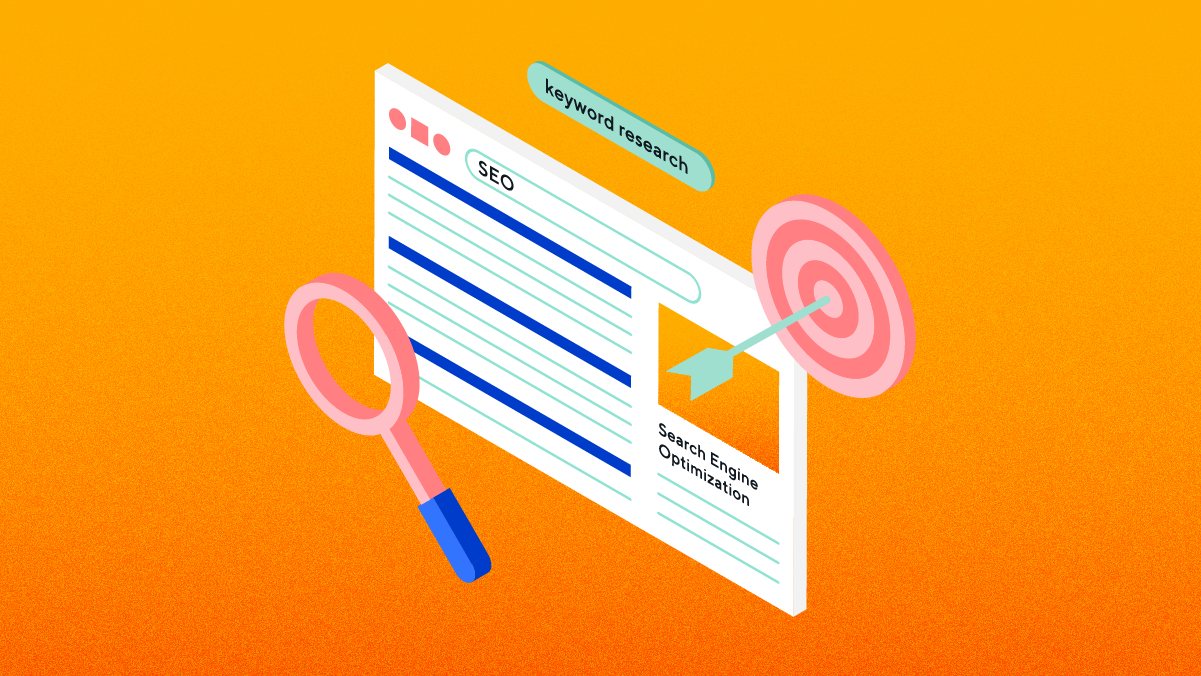Web design statistics to know for 2022

Is there anything we can’t do online? We shop for clothes, order groceries, purchase books (paper or audio), send e-cards, schedule car appointments, stream TV shows, the list goes on. A whopping 47% of global purchases are now made online. Not only that, but Google found that over a one week period, 90% of in-store purchases were made after an online search.
It’s not just B2C (business-to-consumer) companies that have gone digital. The same is true in the B2B (business-to-business) market. 71% of B2B buyers begin their research with a broad Google search. And even within the industrial and manufacturing sector, Google reported that, “67% of purchases for multiple industrial manufacturing and pack-and-ship industries were influenced by digital”.
Why does this matter? Most of your prospects (B2C or B2B), will evaluate your business through your website before initiating any direct communication.
Here are some web design statistics to help inform your website and digital marketing strategies – and convert prospects into buyers.
Millennials are making B2B buying decisions.
Millennials (20-35 year olds) are no longer at the start of their careers. Harvard Business Review reported that 73% of millennials played a role in decision making in B2B companies.
The 2019 B2B Buyers Survey Report explored millennial buying behaviours and found that 49% of participants specified online reviews as the most helpful element in their decision making process.
Millennial values have also been studied. Forbes revealed that up to 80% of the millennial B2B decision makers place value a company’s social, environmental, and philanthropic involvement. Along those lines, Google has predicted:
“A brand’s view on issues such as diversity and inclusion, climate change, and sustainability will become even more important.”
This research sheds light on your target audience – they’re younger than you might think, they want to know what your values are, and look to your online reputation to inform buying decisions.
To reach your audience effectively, keep their needs and values in mind throughout the entire web design process.

You have less than one second to make a good first impression.
Beautifully designed websites make great first impressions, and since visual appeal can be judged in just 50 ms, you need to captivate your user the instant your page loads.
While your entire website should be appealing and informative, a study by the Nielson Norman group showed that viewers spent ”57% of their page-viewing time above the fold. 74% of the viewing time was spent in the first two screenfuls”. Be sure to clearly state your solution to the user’s problem above the fold.
Use A/B testing to optimize your website’s impact.
Your website requires ongoing investment and regular optimizations to generate maximum value.
A/B testing is a great strategy to determine where you can optimize. A/B tests pit two variations against each other and assess which performs better.
CrazyEgg’s A/B test case studies highlight increased conversion rates from even the subtlest changes:
- WallMonkeys sells wall decals and wanted to optimize their homepage. “The company exchanged the stock-style image with a more whimsical alternative that would show visitors the opportunities they could enjoy with WallMonkeys products. Conversion rates for the new design versus the control were 27 percent higher.”
- Humana, a well-known insurance company, “changed the CTA (call-to-action) from ‘Shop Medicare Plans’ to ‘Get Started Now’ and experienced a 192% increase in CTR (click-through-rate).”
Changing only one factor, be it an image or CTA copy, can dramatically increase conversions.
Page load times have a surprisingly large impact on conversions.
Site speed is more important than most people realize.
A recent study explored the correlation between site speed and conversion rates and found that pages that load in under 5 seconds have higher conversion rates. What’s more, each second that was shaved off from 5 seconds resulted in an average conversion rate increase of 4.42%. Now that’s powerful.
Optimizing images, limiting redirects, and improving server response time are just a few elements that can be optimized to improve site speed.
Conversions aside, Google assesses load times to determine page ranking. A slow site can result in lower ranking and decreased organic web traffic.
Mobile design is taking over.
According to a recent CNBC article, it is predicted that “Almost three quarters (72.6 percent) of internet users will access the web solely via their smartphones by 2025, equivalent to nearly 3.7 billion people.”
If that doesn’t motivate you to prioritize responsive web design, consider that in 2020, Google began mobile-first indexing the entire web. This means that Google will always crawl the mobile version of your site before desktop to determine page ranking. Suboptimal mobile design, or worse, the absence of mobile-friendly design, will negatively affect your ranking.
If you’re reading this and thinking that it might be time to prioritize your mobile marketing, you’re not alone. Forbes stated, “The percent of marketing budget spent on mobile continues its upward trend and is expected to continue to rise—growing 73% over the next five years.”

Digital marketing is critical for lead generation.
Over the past decade, digital marketing (email, website, pay-per-click) has consistently outpaced traditional media (print, phone, mail, billboards). A 13% increase in digital marketing spend is expected in the next year, while traditional marketing is expected to decrease.
Content marketing (blogs, video, social media posts, etc), is a valuable digital marketing strategy that builds brand awareness and increases user engagement with your brand.
For example, Slack is a business communication SaaS (software as a service) company. Let’s say Slack creates a blog post with ten tips for businesses to work more efficiently from home. The post doesn’t directly sell a Slack subscription, but it does provide readers with free information that is also relevant to their offering.
At the end of the post, users have the option to click the “Learn More” CTA. The blog provides the reader with helpful information and an opportunity to become a Slack customer. They can also share the blog to their own social media channels, further extending Slack’s reach.
Blogs can drive serious growth. Blue Corona stated, “81% of businesses reported their blog as being critical to B2B lead generation”. And HubSpot assessed that within the current market, “70% of marketers are actively investing in content marketing”.
Tiller didn’t invest in a blog for many years, but when we finally made the leap we found that it was absolutely worth the time, energy, and resources we put into it. If you knew that creating a blog (or other content marketing material) would unlock significant new opportunities for your business, would you do it?
SEO is worth the investment.
SEO (search engine optimization) is an effective digital marketing strategy that increases the volume and quality of organic traffic to your website.
Google indexes pages based on an algorithm that includes a whole host of factors (keywords, site speed, build quality, etc.) and then ranks them on the SERP (search engine results page).
Keyword research and strategy is the practice of investigating which keywords your target audience is searching for and then strategically producing content to target those focus keywords.
Effective keyword research requires a basic understanding of Google’s current algorithm. For example, Google’s BERT update (October 2019) shifted the focus from standalone keywords to search intent and context. Google explained:
“BERT is able to help Search better understand the nuance and context of words in Searches and better match those queries with helpful results”.
Prioritize the phrasing and context of keywords within your copy. Poorly written sentences may not resonate with the search intent and can result in decreased site traffic.
Not sure SEO is worth the investment? Blue Corona reported that, “59% of B2B marketers say SEO has the biggest impact on their lead generation goals”, and HubSpot stated that, “over 64% of marketers actively invest in search engine optimization”.

7 takeaways from web design statistics
The quality of your website may be the difference between leads you close and leads that vanish before you know they even exist.
As you evaluate the current state of your web design, remember these 7 key takeaways from the web design statistics above:
- Digital marketing is relevant for all businesses – B2C and B2B
- Cater every detail of your web design to your target audience
- Make positive first impressions with captivating design
- Test and optimize regularly to drive value
- Prioritize mobile-first design
- Create engaging content
- Invest in SEO
Marrying these web design statistics with modern web design best practices will place you and your team in a position to create an innovative website.
Remember, you don’t have to do it alone. Tiller is passionate about finding every opportunity to improve your website and help your business grow. We’re here to help.



